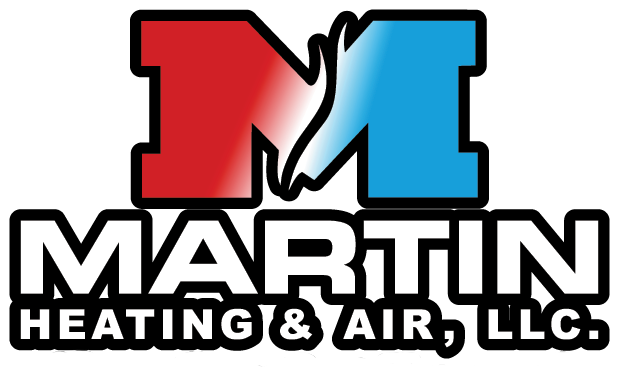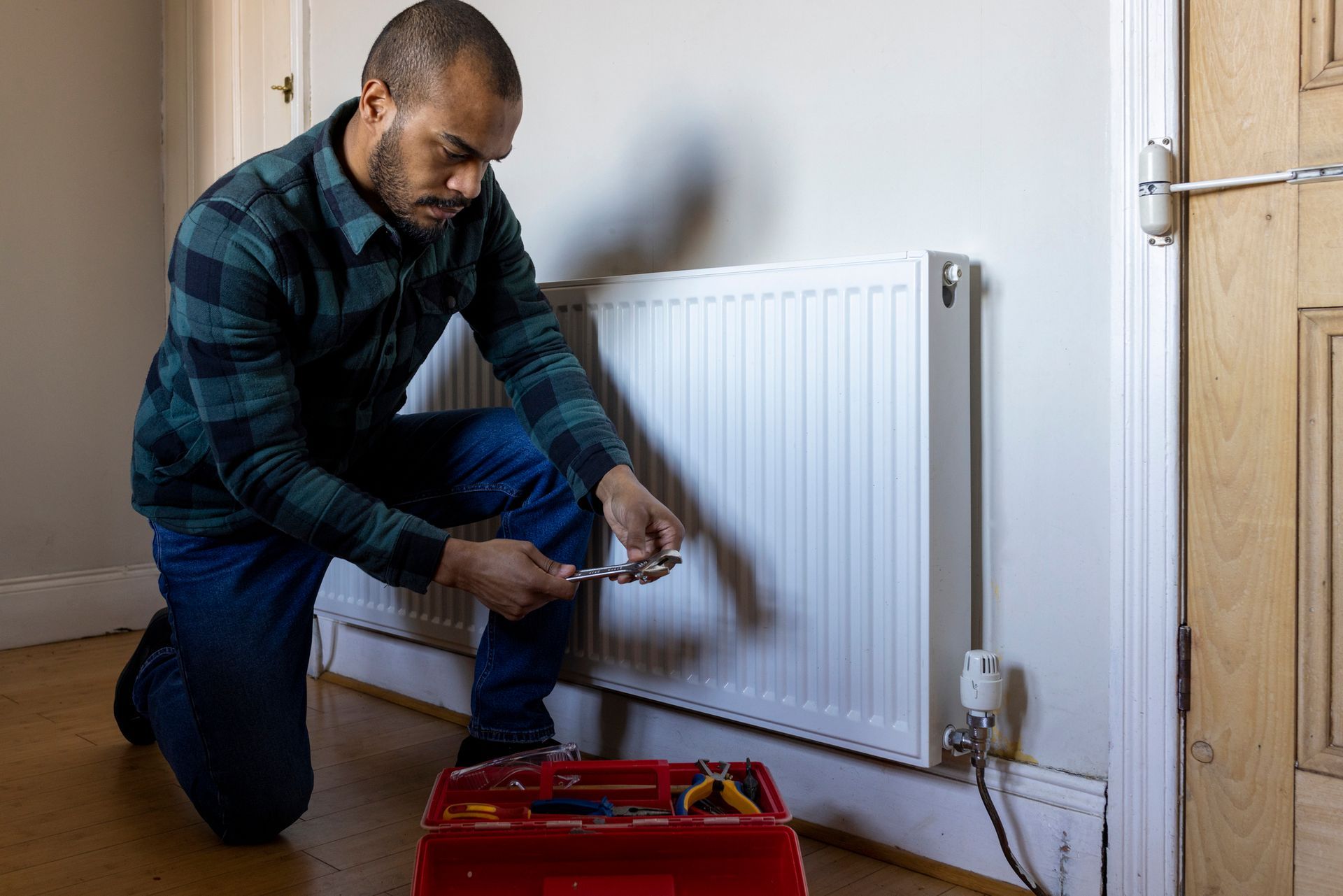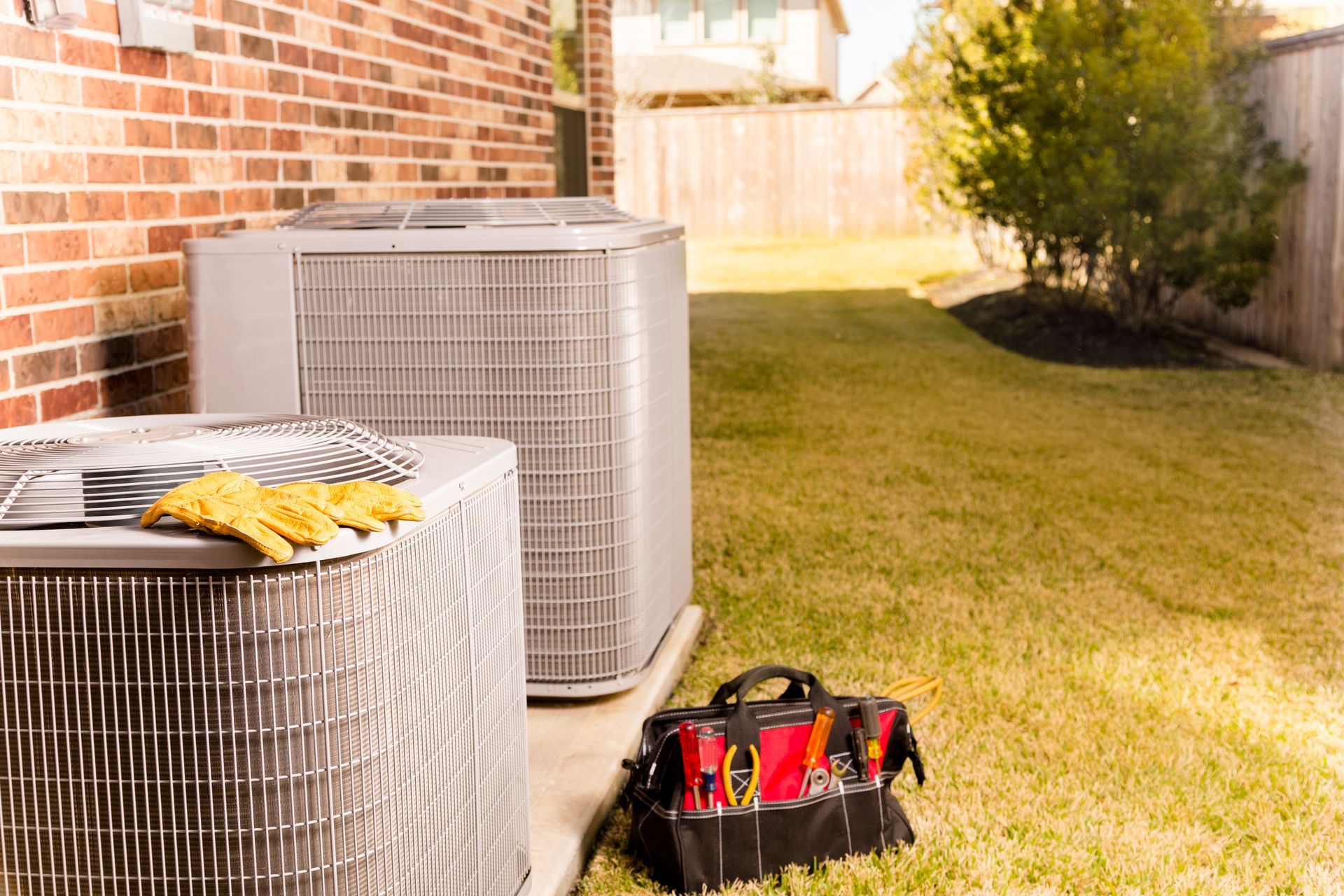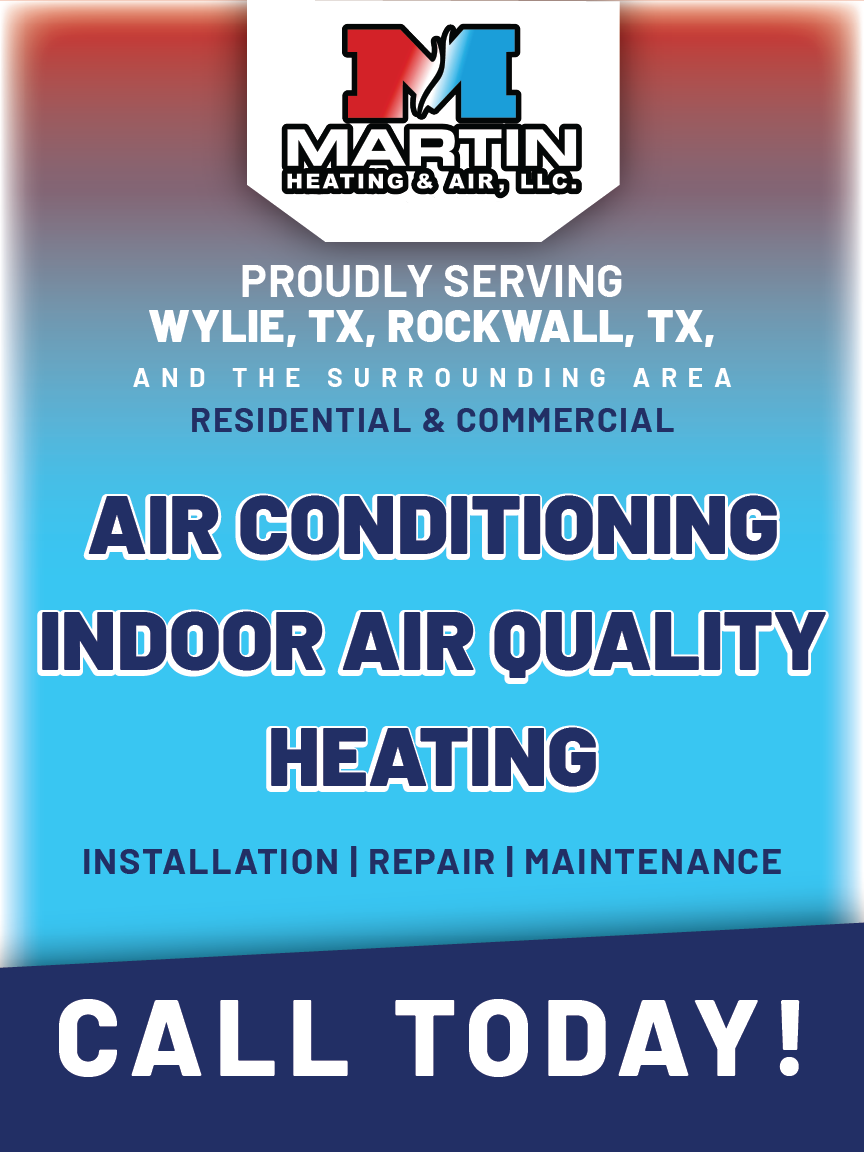We don’t often think about the quality of the air we breathe indoors, but it can have a significant impact on our health and well-being. Indoor air can be up to five times more polluted than outdoor air, and this pollution can cause a variety of health problems, including respiratory problems, headaches, and fatigue.
There are a number of things you can do to improve the indoor air quality in your home and office.
Sources of Indoor Air Pollution
Some of the most common sources of indoor air pollution include:
- Volatile organic compounds (VOCs): VOCs are found in many household products, such as paint, cleaning supplies, and air fresheners. They can be harmful to your health and potentially cause long term damage.
- Dust mites: Dust mites are microscopic creatures that live in dust and thrive in humid environments. They can trigger allergies and asthma.
- Pet dander: Pet dander is a type of protein found in pet skin and saliva. It can also trigger allergies and asthma.
- Mold: Mold is a fungus that can grow in damp or humid environments. It can cause respiratory problems and other health problems.
- Radon: Radon is a radioactive gas that can be found in soil and rocks. It is the leading cause of lung cancer in non-smokers.
Improving Indoor Air Quality
There are a number of things you can do to improve the indoor air quality in your home and office:
- Install an Air Purification System: Martin Heating & Air has two options for air purification that can be installed directly into your existing home or office HVAC system.
- Ventilate your home: Open windows and doors to let fresh air in. You can also use an air purifier to help remove pollutants from the air.
- Control humidity: Keep the humidity level in your home between 30% and 50%. You can use a dehumidifier to remove excess moisture from the air.
- Clean regularly: Dust and vacuum regularly to remove dust mites, pet dander, and other pollutants from your home.
- Avoid using harsh chemicals: Use natural cleaning products whenever possible.
- Test for radon: Radon testing is available at most hardware stores. If the radon level in your home is high, you can have a mitigation system installed.
By taking these steps, you can help to improve the indoor air quality in your home and office and protect yourself and your loved ones from the harmful effects of indoor air pollution.
Additional Tips
- Plants: Some plants can help to remove pollutants from the air.
- No smoking: Smoking is a major source of indoor air pollution.
- Use natural cleaning products: Many household cleaning products contain harsh chemicals that can pollute the air.
- Avoid using air fresheners: Air fresheners often contain VOCs that can be harmful to your health.
- Wash your hands frequently: Washing your hands can help to remove pollutants from your skin.
Contact Martin Heating & Air today to discuss your indoor air quality and some solutions to help.

















